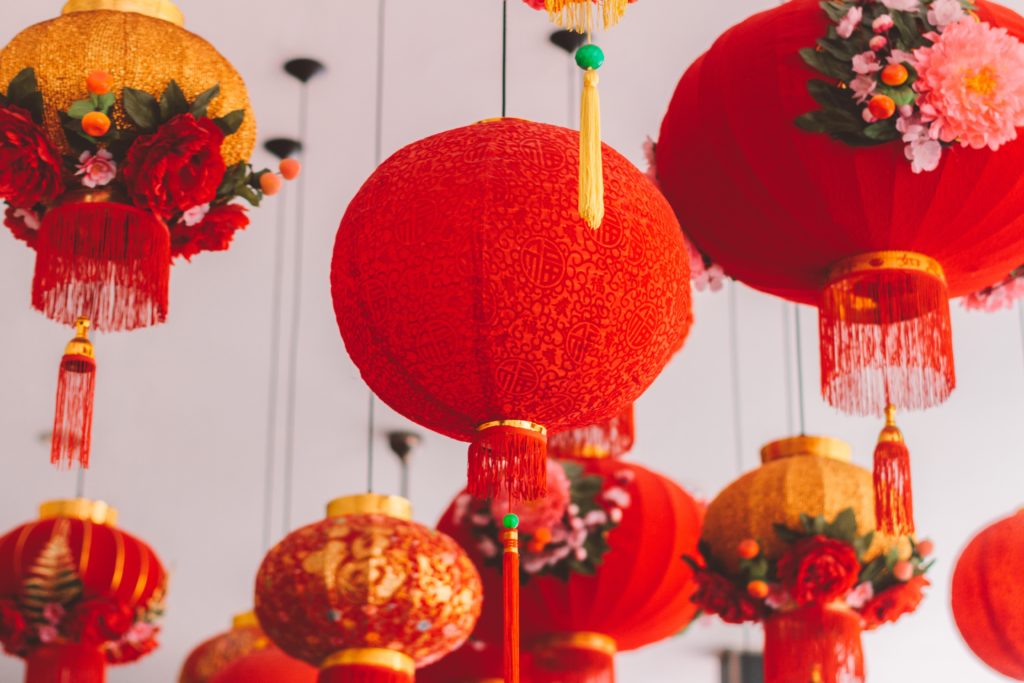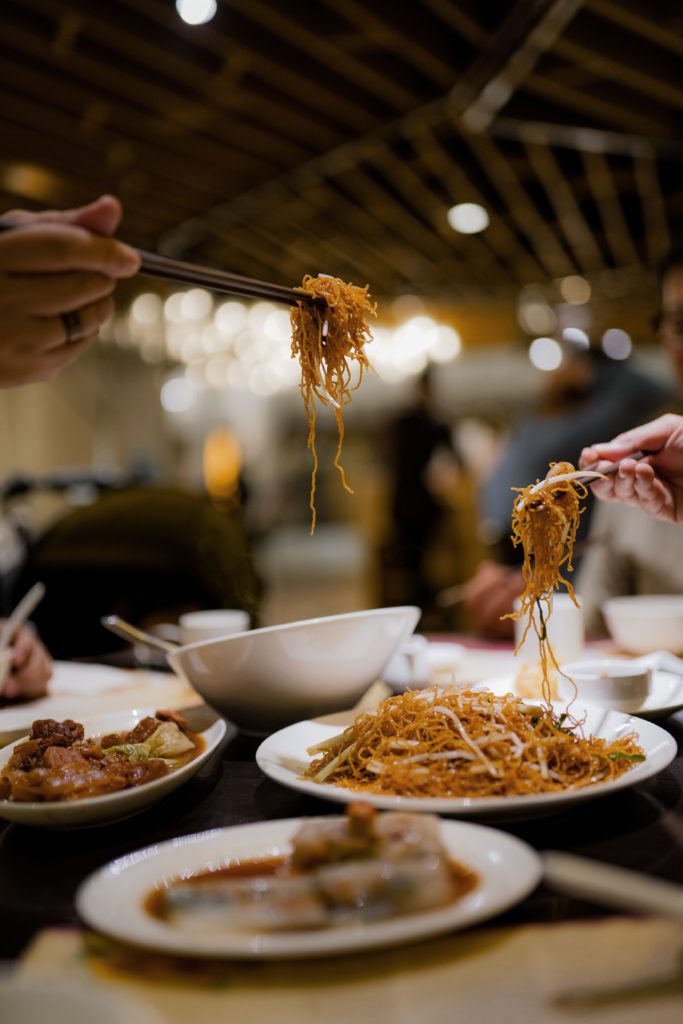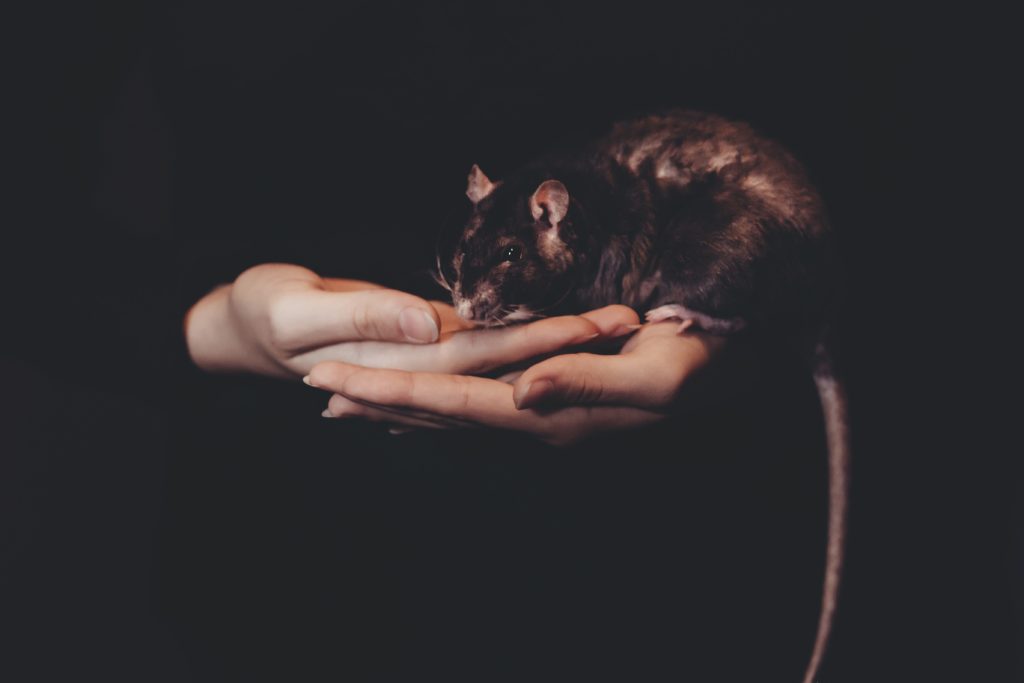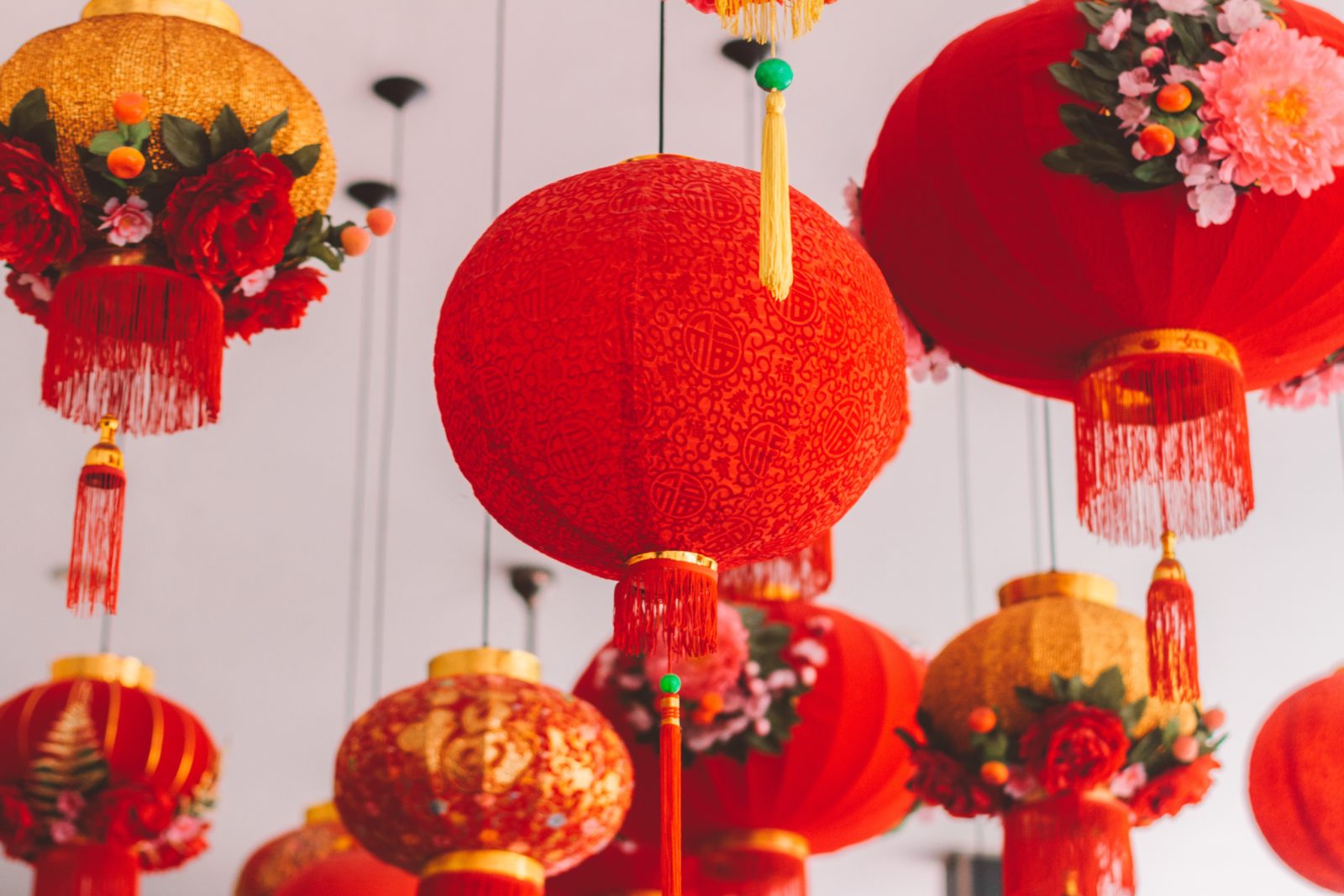
2020 is the Year of the Rat, according to the Chinese lunar calendar
Preparations begin tomorrow for the biggest holiday in China — Chinese New Year, which lasts for about 15 days every year. Chinese people around the world continue to prepare for the holiday until New Year’s Eve, and then it all begins on January 25th this year, lasting until February 4th. On the 5th, preparations begin for the Lantern Festival, which falls on the 8th.
Chinese New Year, also known as both Lunar New Year and Spring Festival, is tied to the Chinese calendar, which revolves around the lunar cycle. The first day of every month begins with the new moon, the night every month when the moon is not visible from earth.

With months being defined by the lunar cycle, the Chinese calendar is much different from most of the rest of the world’s, which is yoked to the Gregorian calendar.
The elasticity of the calendar means Chinese New Year does not fall at the same time every year.
For this year, the zodiac element is metal and the animal sign is Rat. So 2020 is the Year of the Metal Rat.
Chinese New Year Celebrates Family

The holiday began as a time to honor ancestors and deities. The tradition persists today, as Chinese New Year revolves around family gatherings and honoring deceased relatives and gods, among other things.

New Year’s Eve, for example, is a time for Chinese families to hold a reunion dinner. Some say New Year’s Eve in China causes the largest human migration in the world, as children who now often work in cities return to their parents’ rural villages.
Train tickets cannot be purchased until 60 days prior to the holiday, which leads to huge ticket sales once they are available. Research showed that in 2015, 1,000 tickets a second were sold once they became available for Chinese New Year.
Chinese New Year customs and traditions.

- People devote themselves to house cleaning, a practice designed to make space for good luck by sweeping away misfortune.
- Windows and doors get decorated with red paper “couplets,” which are sort of like vertical banners emblazoned with Chinese calligraphy. Many of the messages on the couplets trumpet things like longevity, happiness and wealth.
- Fireworks are set-off. In fact, more fireworks are released on the Chinese New Year every year than any other day of the year. Why fireworks? Traditionally, they are meant to scare away monsters.
- Adults give children red envelopes with money inside. The practices signifies the transfer of money from older to younger generations.
Chinese New Year Taboos

Chinese New Year involves customs, traditions, celebrations and taboos.
- No showering on New Year’s Day. And this year, no sweeping or throwing away garbage is allowed until the 5th. The reason? Cleaning during this period could wash away good luck.
- Hair cutting is forbidden this before February 2.
- Scissors, knives and other sharp things are avoided on Chinese New Year.
- Arguing and swearing is discouraged across the holiday.
- Saying words like “death” and “sickness.”
- Breaking things.
The Year of the Rat

The Year of the Rat doesn’t have a good ring to it, compared to other Chinese Zodiac animals like the rabbit, the tiger and the dragon. But in Chinese culture rats were traditionally revered, and celebrated as symbols of wealth and prosperity. Married couples even prayed to rats for fertility, as rats produce a wealth of children every year.
Like rats, people born during Rat years are considered clever, while at the same time content with leading simple lives.

